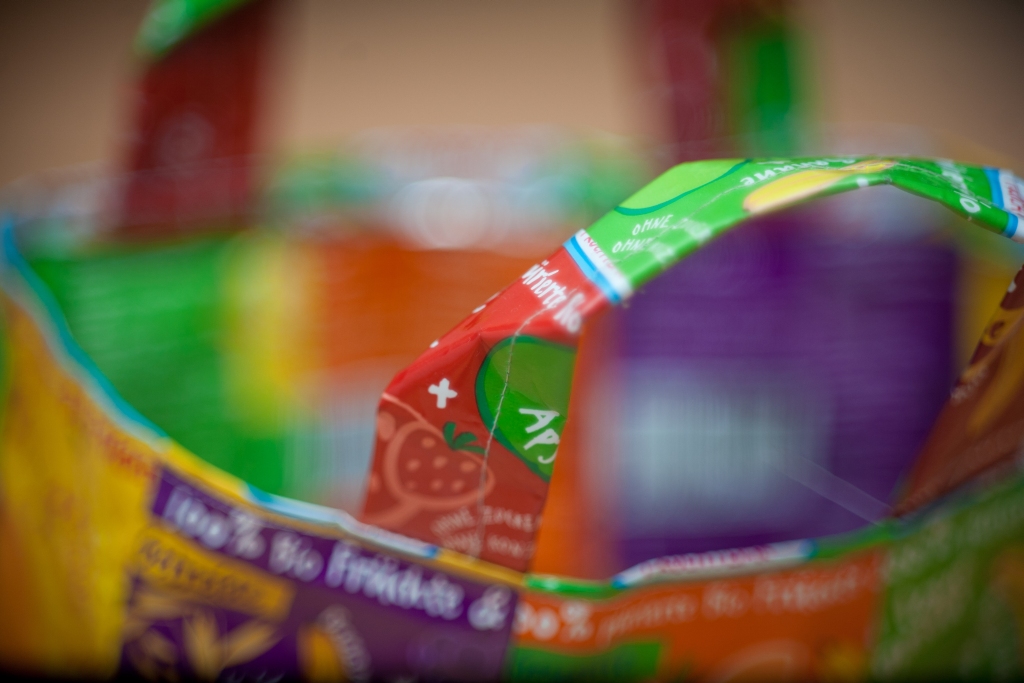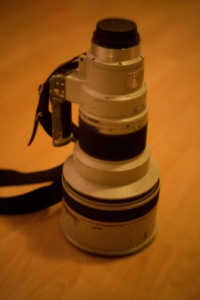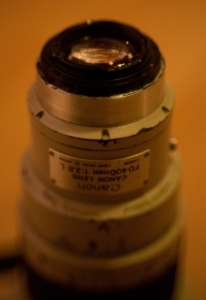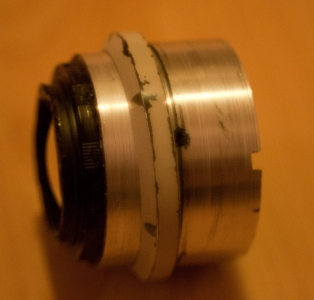Superfast -how fast is super fast?
It depends - as often:
We are talking about 180mm focal length. There are many zoom lenses with this focal length around, some have f/5.6 as maximum lens speed. Better ones have f/4.0, and some high class lenses even f/2.8 - like the Canon and Nikon 70-200mm f/2.8 telezoom lenses.
Prime lenses have f/2.8, and some like the Canon EF 200mm f/2.0 L IS USM, Nikon AF-S Nikkor 200mm f/2.0 ED VR II or even the Canon EF 200mm f/1.8 L USM are faster.
Non consumer photographic lenses exist withultra fast speed, like the Lenzar 184.6mm f/0.9 or a Kollmorgen 153mm f/1.0, Kilfitt Zoomar 240mm f/1.2 or even a Zeiss UR 250mm f/1.0. But these lenses are ultra rare and expensive, and probably not usabel with a consumer camera.
Furthermore there are the old shorter focal length lenses like the Soligor or Vivitar 135mm/1.5. These appear now and then on Ebay, but very seldom one posts images made with it. I suppose the image quality is bad, and no owner want to lower the price ;-)
These lenses are all expensive, so I decided to try another way.
Shapley Lens / Focal Reducer
Most know teleconverters / tele extender - this is a negative lens system, a corrected kind of a diverging lens. This system for example doubles the focal length of the front lens, and has a specific (positive) thickness. Furthermore it enlarges the image circle. A focal reducer or Shapley lens is the other way round - a positive (converging) lens and a negative thickness. And it makes the image circle smaller.
This negative thickness is the reason why it is problematic with normal photographic lenses.
The Metabones Speed Booster is such a positive lens system. And it works because it is mounted between for example an Canon EF mount lens with 44.0mm register distance and a camera with for example Sony E mount with 18.25mm register distance - so there is 26.75mm room.
OK, there is another way, which does not need a negative thickness, the Bravais lens systems. I found no exact information, but I suppose the Metabones Speed Booster is based on a Bravais lens system.
I have not the knowledge and no production capabilities to build someting like the Metabones Speed Booster.
But I know that some lenses have a bigger image circle than its nominal value. And I know that some lenses have their lenses deep inside the lens mount, the distance between last lens and image is much bigger than the lens register distance.
Cause I am able to modify lens mounts, I started some experiments. Using positive lens systems behind a lens with big entrance pupil and long distance between last lens and image plane. For the front lens I used several projection lenses, with very long distance between complete lens housing and image plane. And I tested some lenses which are easy to shorten on their back.
As second system I used single lenses, achromatic lenses, triplet, Sonnar and more element systems.
A short system like a glued achromatic lens is great to get infinity focus, because it does not need much space. A Sonnar is much worse in this, but it gives higher quality.

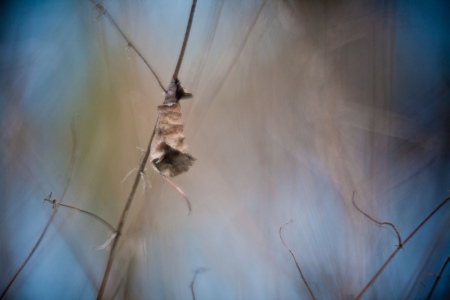

180mm f/1.2 super or ultra fast telephoto lens!
Work in progress!
One of my results is such an impressive lens. 180mm with f-number 1.2. For this I took a big white Canon FD 400mm f/2.8 L lens - the old series without autofocus. On these lenses the back end with the iris is easy to disassemble. And it has a large distance between last lens and image plane - but the last lens is deep inside the barrel. Not easy accessible, a big modification would be necessary.
But I found an easy way to get a working system, but without normal working range with a Canon EOS DSLR camera. With a Sony Alpha 7 or Nex it would be no problem to get infinity.
I want not to give all details at the moment - so nothing about the focal reducer lens here.
Here left the FD 400mm/2.8 lens with focal reducer inserted, instead of the normal back with iris, filter and mount.
In the mid you see my DIY made focal reducer back - I am glad to have access to a small lathe.
On the right side you see the focal reducer part, the back lens of it is limiting the register distance that would need for infinity on an Canon EF DSLR (fullframe).
Here some test images, left side with the FD 400 + homegrown focal reducer, and right with a Nikon Nikkor AI-S 180mm/2.8 wideopen as reference - both on a fullformat Canon EOS 5D DSLR camera.
It is about the same object size, a 200 mm lens has a smaller object field. The Nikon has more contrast sharpness - but look at the backgroundblur of the Canon FD 400mm 1:2.8 L on the fast-track - 180mm 1:1.2. The later is the calculated speed, the f/1.4 I used the first days was the more relucant number what I get from expsoure comparison.
But it seems the f/1.2 is geometrical for the blur correct, but the additional lenses expend more light. T-values would be not as high.
Additional I tested the geometrical light path, event the outer edge of the FD front lens gets its rays through the focal reducer.
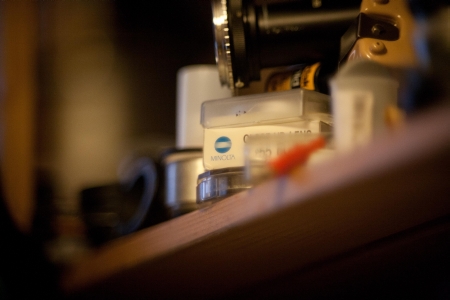
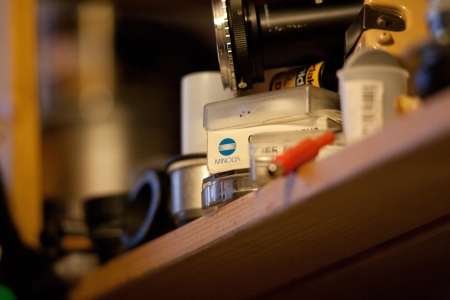
Bokeh seems to be background structure emphazized - or like some would say "nervous".
But I like this much - I also like the Meyer Trioplan 100.
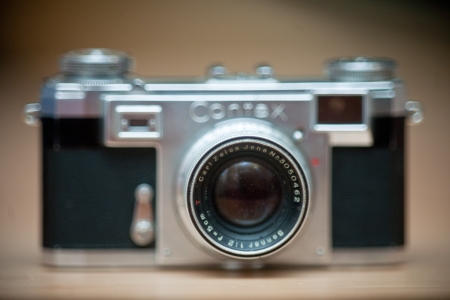
Sharpness is great - at least after my other tests I am quite happy with it. I supposed the borders are worse - but I am not a brick-wall-photograper.
As on most of my DIY pages you get the full Canon EOS 5D picture when clicking on the image.

Some more test images:
On the image right one could see that the usable sharpimage circle is about 36mm now. With the focal reducting factor 0.45 for this focal length and speed conversion, it also results in about 80mm usable image circle for the original FD 400/2.8L! That lens is usable for 6x6 medium format, at least.
I work on an adapter for my Kiev 60.
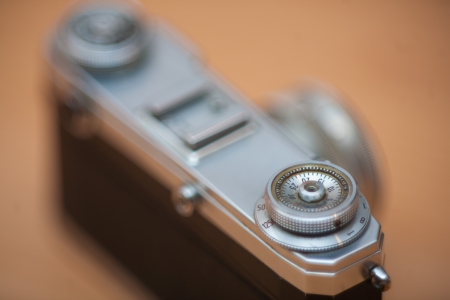
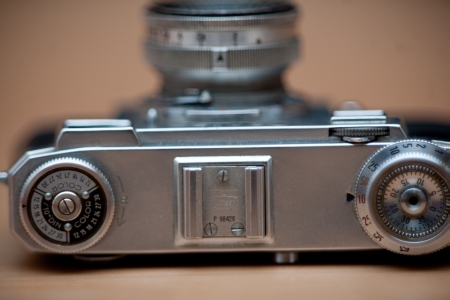

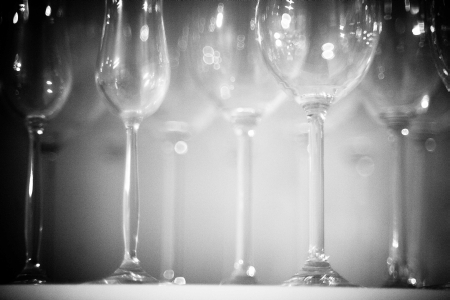
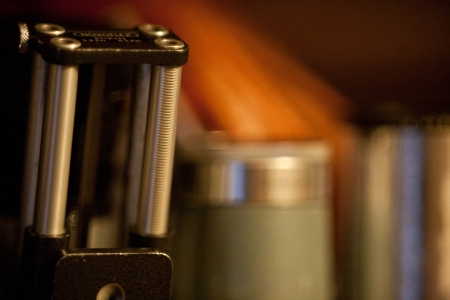
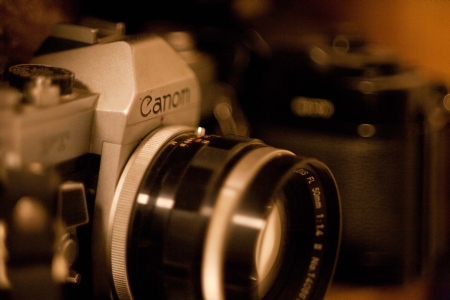
Here some images more like the things I want to make. I wait for better weather.
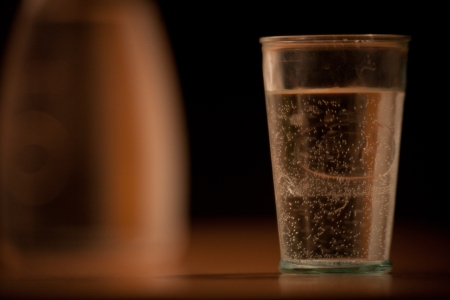

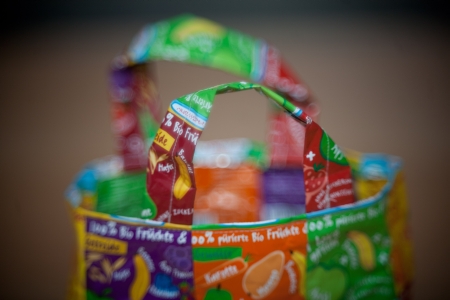
Please visit my other photo Do It Yourself work, or my photo repair and modification directory with ~1700 DIY links to other photo tinkering sites.
